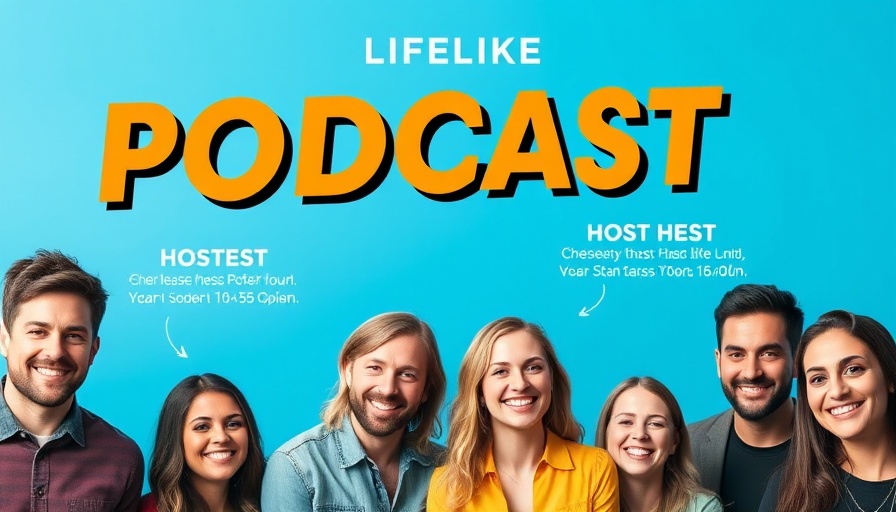
The Journey of Neurodiverse Relationships
Neurodiverse relationships can be both inspiring and complex, as they often require unique communication strategies and emotional understanding. In a world where diversity is becoming increasingly embraced, Michael and Elise's story serves as a beacon of hope for many seeking genuine connection despite neurological differences. Their journey not only sheds light on the realities of neurodiversity but also highlights the incredible possibilities of love and partnership.
Understanding Neurodiversity in Relationships
Neurodiversity encompasses a range of conditions, including autism, ADHD, dyslexia, and more. For partners who experience these differences, the dynamics of their relationship may require more patience and adaptability. Michael, who identifies as neurodiverse, shares that the relationship has presented challenges, but it has also provided a deep sense of fulfillment. According to Elise, learning to navigate each other's communication styles has not only strengthened their bond but also fostered mutual respect and understanding.
Communication: Key to Connection
One of the most significant challenges in neurodiverse relationships is communication. Understanding each other’s needs and preferences is crucial. Michael and Elise emphasize the importance of transparent dialogue and active listening. They have developed a system of cues that helps signify moments when one needs more space or emotional support. This practical insight can inspire others in similar situations to find tailored communication strategies that resonate with their relationships.
Social Connection and Support Systems
Building a robust support system is critical for any relationship, especially for those navigating the nuances of neurodiversity. Michael and Elise recommend establishing connections with others who share similar experiences. Support groups can offer invaluable advice, coping mechanisms, and friendship. They found comfort talking to peers who understand the unique hurdles they face, which in turn bolstered their confidence and coping skills.
A Counter-Perspective: The Value of Different Experiences
While some may perceive neurodiverse relationships as inherently more complicated, others assert that these couples often thrive due to their unique perspectives. Couple's differences can actually promote innovative problem-solving and creativity. By embracing their differences, Michael and Elise have cultivated a dynamic partnership that celebrates individual strengths.
Emotional Growth Through Challenges
Challenges in neurodiverse relationships, such as conflicting needs or miscommunications, can actually lead to significant emotional growth. Michael shares that confronting misunderstandings head-on has allowed them to deepen their emotional intelligence. Elise echoes this sentiment, stating that navigating these challenges together has built a stronger foundation for their love and trust.
Inspiring Anecdote: The Engagement Story
When Michael proposed, he made a point to craft a moment that reflected their journey together. By incorporating elements that were meaningful to both him and Elise, he created an experience that not only celebrated their love but also honored the unique ways they understand and support each other. This thoughtful approach exemplifies the couple’s dedication to nurturing their relationship.
What Can You Take Away?
The key takeaway from Michael and Elise’s story is the value of adaptability, communication, and support in any relationship. Whether you are in a neurodiverse relationship or not, these principles are universal and can enhance connections with loved ones. Listening, understanding, and sharing are vital components that foster lasting love.
Call to Action: Share Your Own Story!
Have you experienced the dynamics of a neurodiverse relationship? Engage in conversation and share your insights with others. By sharing our stories, we can collectively create a community that embraces and supports one another. Let's help each other thrive!
 Add Row
Add Row  Add
Add 




Write A Comment